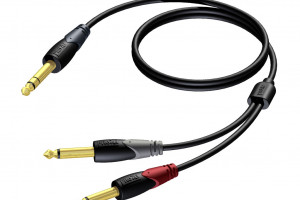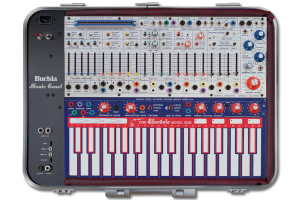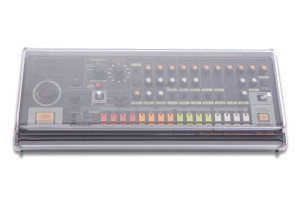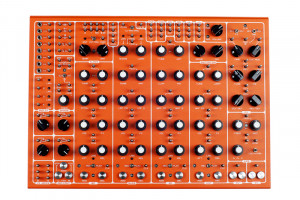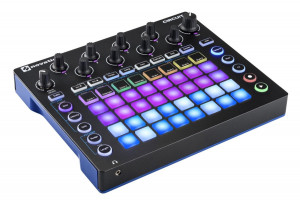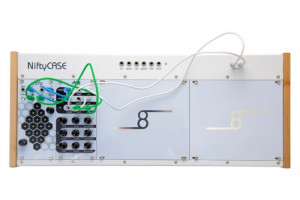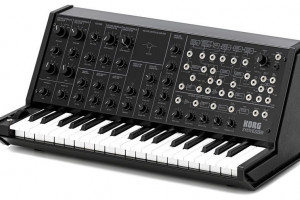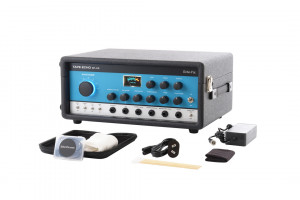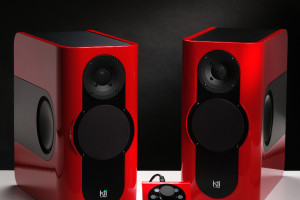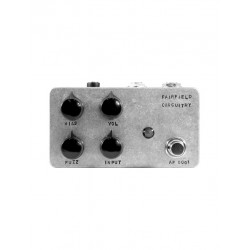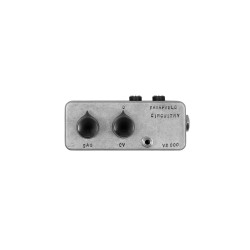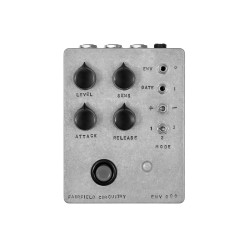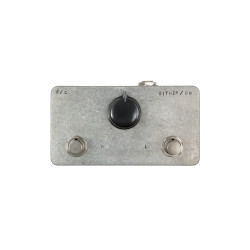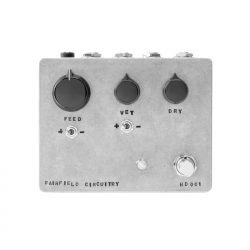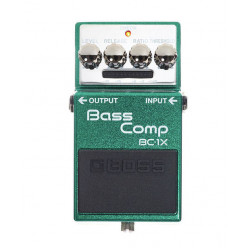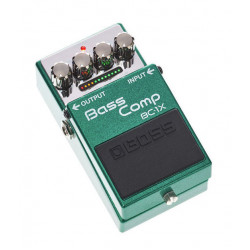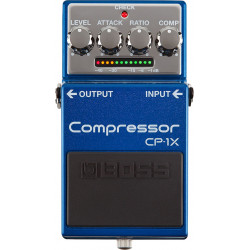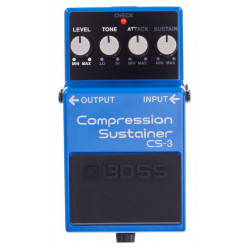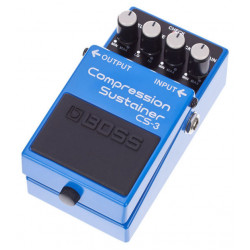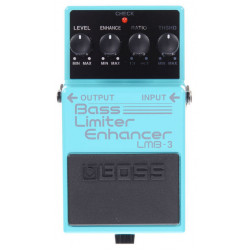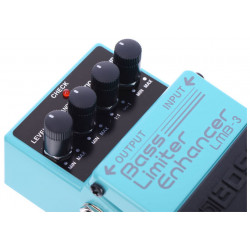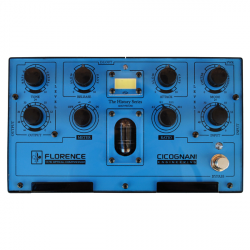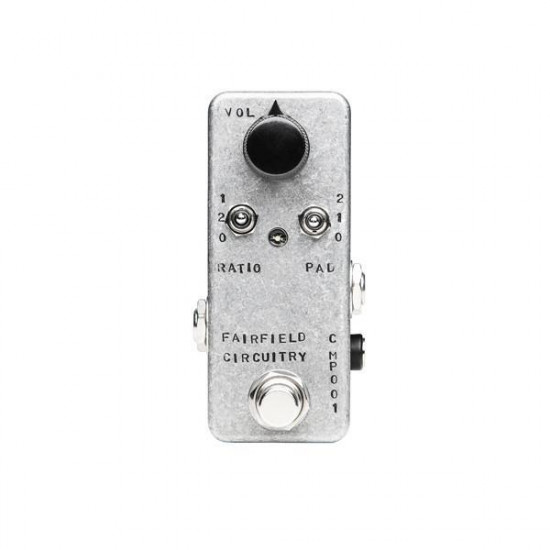
- Stock: In Stock
- Model: FAIRFIELD-THE-ACCOUNTANT
More from this brand
Fairfield Accountant Compressor
Every operation needs an accountant, and your signal chain is no exception. The Fairfield Accountant Compressor will fit right in, no questions asked.
Call upon his services to crunch numbers, cook your books and calculate ratios in all confidence that your shit will remain tight.
We’re talking about a mostly utilitarian relationship here, but one of trust as well.
Whether you enjoy slight, nuanced dynamics control or you just want to squeeze your signal into one dimension, you’ll find a use for The Accountant.
Featuring all analogue, JFET feedback compression, The Accountant works well with all signal sources; guitars, bass, vocals, synths, even whole mixes. A simple control interface allows you to change the threshold, compression ratio and makeup gain.
Compression
Compression as an effect is a form of dynamics control; that is to say controlling the difference in volume between loud parts and quiet parts.
Often, the transients (i.e. the attack, the very beginning) of a signal will be the loudest, and that limits how loud you can set your amplifier before there is distortion.
Compression allows you to make the transients less loud, therefore allow- ing you raise the volume at the amp, making your signal louder, beefier, and depending on the amount of compresison, perhaps quite dirty.
The way this works is that everytime your signal is louder than a certain level, called the thresh- old, the compressor will automatically lower thevolume.
The Accountant has a fixed threshold, which cannot be changed. This volume change doesn’t happen instantly however. The time it takes for the compression to be applied is dictated by the attack and release. These parameters are fixed to 5 ms and 500 ms respectively.
The PAD and RATIO controls, together, will determine how much compression actually happens. First in the chain is PAD, simply attenuating your signal before the compression.
Remember that the louder the signal, the more compression hap- pens, so in effect with the PAD setting you can change at what level the compression happens.
Then comes RATIO, which determines how strongly loud parts are compressed. For example, a setting of 6:1 means that, when the signal is above the threshold, it takes 6 dB at the input to make the output change by 1 dB. Remember that parts below the threshold will not be affected.
Finally, with VOLUME, you can control the level at the output. It doesn’t affect the compression at all, as it is post-effect.
The Accountant compressor is well suited to a number of tasks. Here a few typical compressor settings and their uses. These settings serve only as a guide, as your gear and your playing style will greatly affect the end result.
Light Compression (PAD : 0, RATIO : 0) :
This type of compression is sometimes barely noticeable. There is a slight coloration, but noth- ing overbearing. This setting will help you to get a more consistent sound, to blend in better with other instruments, to ensure your quiet parts don’t go unheard.
Heavy Compression (PAD : 2, RATIO : 2)
You will definitely hear the compression working. The effect will add a noticeable amount of richness and distortion to your sound, and everything you play will be louder than loud, all the time. The attack and release will also be heard, as a kind of pumping will be imparted to your playing. Just roll with it.
Limiter (PAD : 0, RATIO : 2)
A limiter is a kind of compressor that has a high threshold and a high ratio (> 10 :1). You can emulate it’s function with these setting. Use when you want to set yourself an absolute maximum volume that you cannot exceed no matter how hard you try.
Power
Requires 9V DC centre negative supply. Draws approximately 12ma
-285x169.png)
